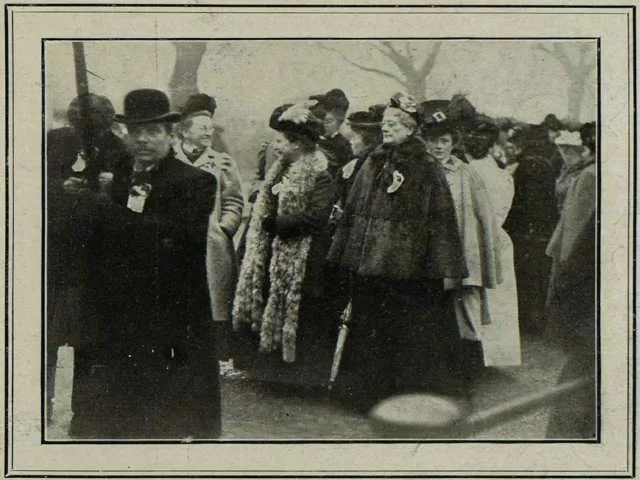Delve into history on February 9, 1907, as over 3,000 British women marched through Hyde Park, sparking a surge in suffrage awareness despite the muddy challenges.
(The United Procession of Women) The Mud March Day
On February 9, 1907, a remarkable event unfolded in Hyde Park, London, marking a pivotal moment in the history of the suffrage movement. More than three thousand British women, spanning all social classes in a deeply divided society, gathered for a momentous march advocating for women’s right to vote. Little did they know, this event would go down in history as the “Mud March.”
The weather on that fateful day played a dramatic role as heavy rain turned the park into a muddy expanse. The marchers, comprising fine ladies, servants, and women from every class in between, found themselves splattered with mud. The resilience displayed by these women in the face of adverse weather conditions and societal norms echoed their determination for a cause that transcended class distinctions.
The Mud March was not merely a demonstration; it was a powerful statement demanding political recognition and rights for women. At that time, the suffrage movement faced uphill battles, and this public display was a watershed moment, capturing the attention of the press and the public like never before. The muddy spectacle became a symbol of women’s determination to be heard in a society that had long ignored their pleas for enfranchisement.
Despite the dramatic impact of the Mud March, the legislators remained unmoved during the immediate aftermath. When a bill for women’s suffrage was introduced to Parliament the following month, it faced debate but was never put to a vote. The disappointment of legislative inaction, however, did not dampen the spirit of the suffrage movement.

The stained glass windows in Parliament’s St. Stephen’s Hall replaced those damaged in WWII and narrate the history of voting rights in Britain.
The Mud March, with all its mud-spattered defiance, triggered a seismic shift in the suffrage landscape. The extensive press coverage and heightened public awareness catalyzed change within the movement. In 1908, just a year later, Hyde Park hosted a women’s suffrage rally that drew an astonishing half a million people—a testament to the newfound momentum ignited by the Mud March.
The Mud March stands as a testament to the indomitable spirit of women fighting for their right to vote. It was more than a physical journey through mud; it was a symbolic journey through societal barriers. The legacy of those brave women endures, reminding us that sometimes, even in the muck, seeds of change can take root and bloom into movements that shape history.

